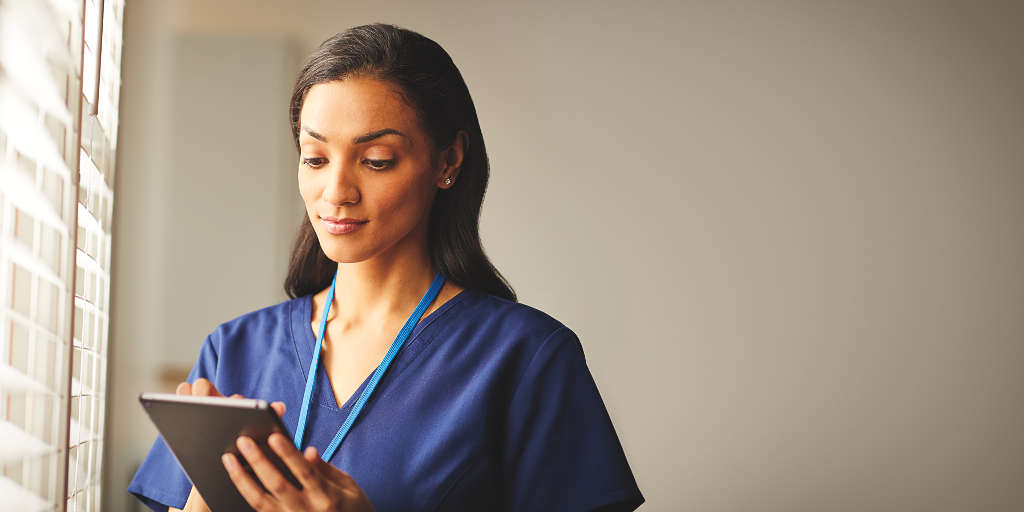A revolution in device interoperability
- By Philips
- March 03 2025
- 4 min read
At Philips, we’re making it our mission to allow healthcare organizations to get what they’ve demanded for decades – true command and control across all devices, across all care settings. That’s why we’re embracing Service-oriented Device Connectivity (SDC) standards and actively encouraging all medical device companies to join us. Using devices that are ready for SDC can radically change clinicians’ experience by enabling them to see – and act on – data derived from truly integrated technology regardless of the manufacturer.
At-a-glance:
- At Philips, we’ve made the decision to move away from proprietary communication protocols and closed ecosystems to an open, interoperable environment.
- SDC interoperability will enable clinicians to use devices of their choosing and have them connect to one another to enhance their workflows.
- Philips is proud to be a leading member of the SDC consortium that develops and tests the new standards.

clinicians discussing interoperability
Next-generation interoperability is coming
We, as industry, have a responsibility to our customers to make care less complex for clinicians. That’s why Philips is building on 40 years’ experience advocating for interoperability standards by embracing SDC and an open ecosystem approach that will truly be interoperable for the benefit of clinicians and patients – and so vendors and their hospital customers don’t get shut out of the device connectivity revolution.
As a leading member of the SDC consortium, we:
- Lead multi-vendor developer meetings and test standards being developed
- Collaborate with subject matter experts from healthcare, academia, industry and third-party vendors – advancing the digitization of healthcare data for the benefit of both patients and provider
Philips envisions a future where a clinician can bi-directionally command and control all devices and act on clinical data more easily. A future that enables closed-loop therapy enabled by open standards and a common infrastructure that can be centrally managed, maintained, serviced and secured.

Leading the transition to SDC - Service-oriented Device Connectivity
What is SDC?
The SDC family of standards is the future basis for communication between medical devices. It can replace proprietary networks by giving devices a common language to speak and will enable interoperability and data exchange, so patient information can be shared bi-directionally and securely in near real-time. SDC medical device interoperability
- Enables bi-directional communication between devices at the point of care
- Replaces proprietary networks by enabling interoperability and data exchange
- Allows patient information to be shared securely in near real-time
- Supports data integration of vital signs, waveforms, alarm and alert reporting/ delegation
- Allows for remote control of devices regardless of the manufacturer
Making the most of specialized industry intelligence
As a company monitoring more than half a billion patients each year, we’re leveraging our position as a leading patient monitoring vendor and our long-term partnerships with hospitals to advocate for all vendors to embrace SDC. And Philips is uniquely positioned to lead the charge.

Experience managing end-to-end systems with live-streaming patient data
We have vast experience and leadership in handling streaming patient data. Philips is unique in that ours is the only system that communicates bedside patient data to the EMR, and we’re able to communicate it to mobile devices, which allow clinicians to take action remotely. Within our monitoring ecosystem, data already flows both ways so that clinicians can remotely acknowledge alarms, start vital sign measurements and change alarm limits. SDC in an open ecosystem can allow us to massively expand this functionality by including third-party devices, too.
Primed for ecosystem management
Philips provides an end-to-end patient monitoring solution that includes monitoring at the bedside, monitoring at the central station and mobile applications on caregivers’ smartphones. When ICUs become fully SDC-ready, this will require management across bedside, systems and mobile devices, and we’re prepared for our monitoring systems to act as the hub for managing aggregated device data.
Every day, clinicians make countless care decisions based on information from divided medical devices and systems. It’s time we start caring for the carers by making data more accessible.

- SDC - readiness may require additional purchase of Philips products or a software update.